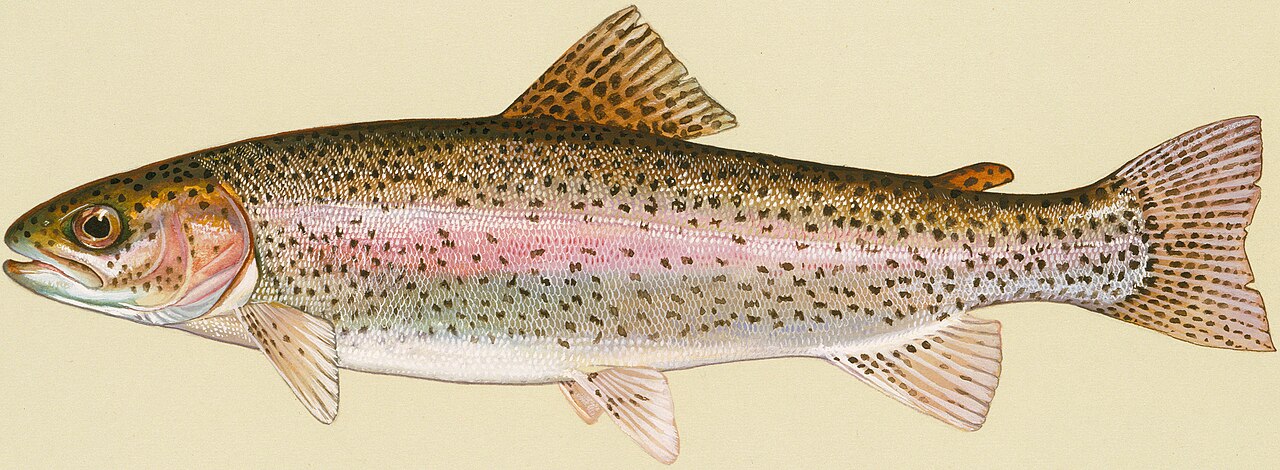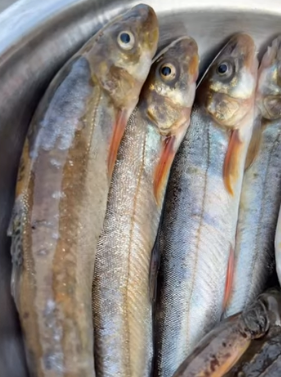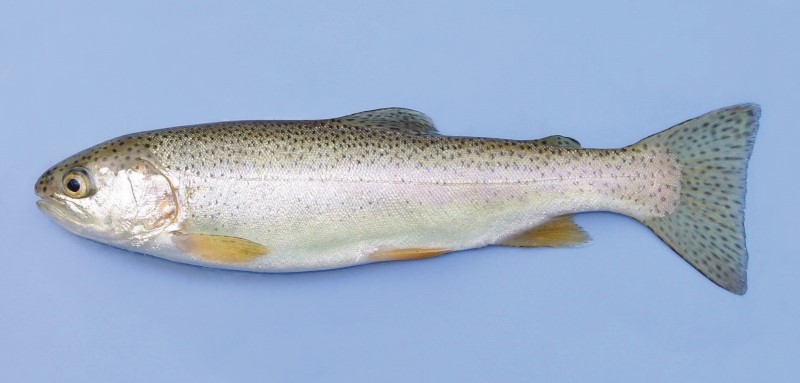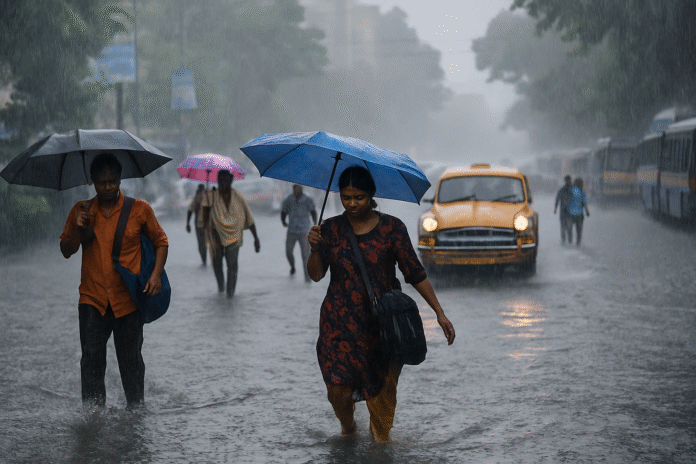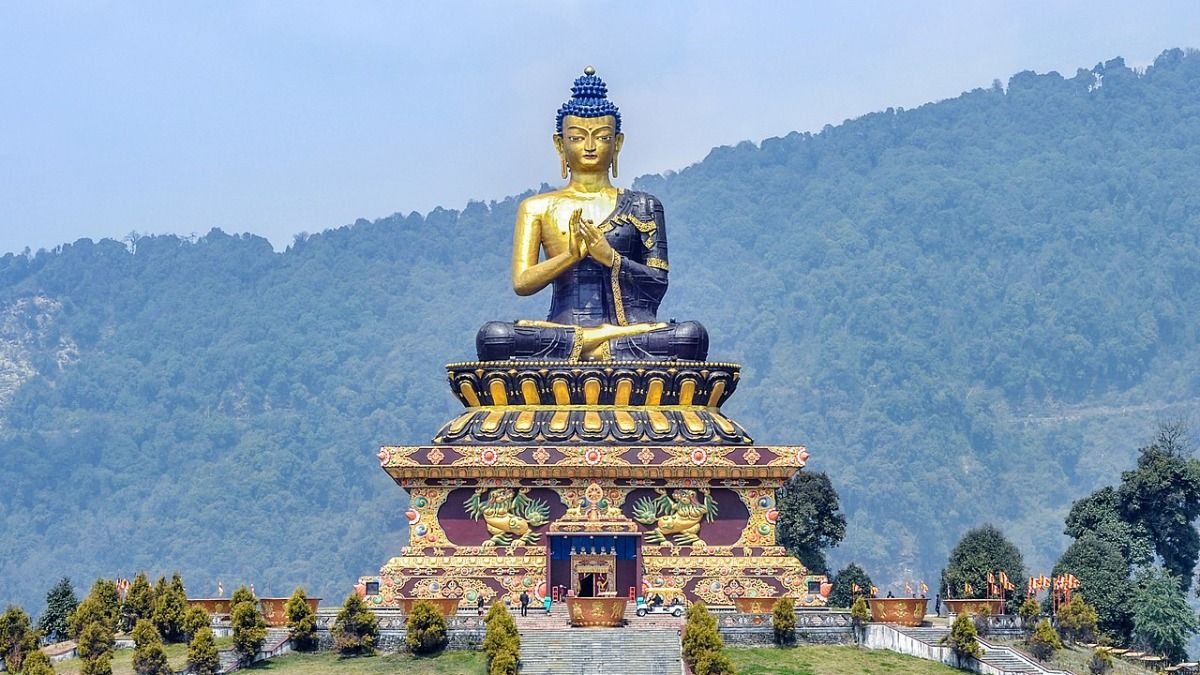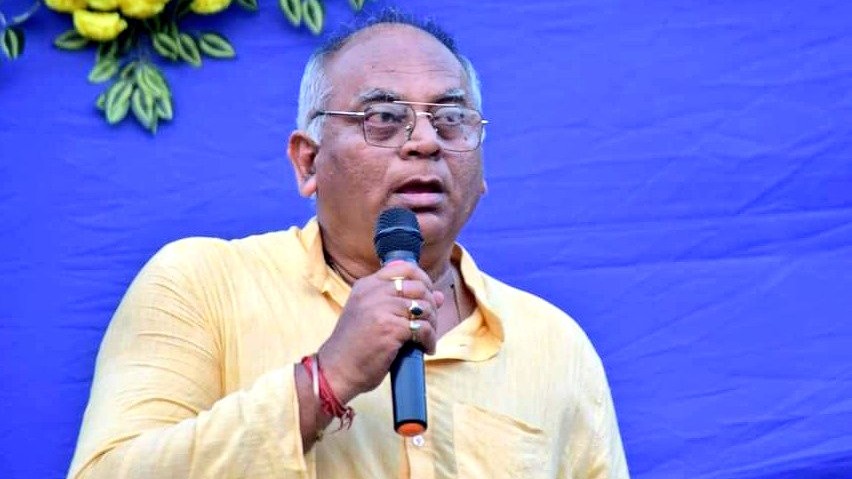In Bengal, fish is more than just a nutrient-rich food source. It’s a symbol of prosperity, harmony, and fertility. From aquariums believed to bring good luck, to traditional ceremonies that use fish as symbols of growth and lineage—this aquatic delight holds a revered place in our hearts and homes.
But not all fish that now thrive in Bengal are native. Enter the Rainbow Trout, a Himalayan guest that has swum its way into the mountains of North Bengal, leaving a trail of culinary curiosity and economic opportunity.
What is a Rainbow Trout?
The Rainbow Trout (Oncorhynchus mykiss) is a cold-water fish, originally found in the crystal-clear lakes, rivers, and seas of the Northern Hemisphere—primarily the Atlantic and Pacific coasts. It is closely related to the Salmon and is not native to India.
Of the two commonly cultivated trout species—Rainbow Trout and Brown Trout—the Rainbow Trout is the most commercially viable and widely farmed in India, particularly in the Himalayan states.
How Did Trout Come to India?
Let’s rewind to the colonial era.
As the British East India Company established control in India, the colonists began seeking cooler climes for recreation and retreat. The Himalayan towns, with their cool, pristine rivers, became perfect for leisure activities like angling, also known as sports or game fishing.
Trout, a favorite catch-and-release fish among British anglers, was introduced into these waters for recreation. Over time, the Rainbow Trout adapted to its new home and eventually became a naturalized part of India’s aquatic biodiversity.
A Fish of Many Features
Scientific Classification:
-
Species: Oncorhynchus mykiss
-
Order: Salmoniformes
-
Family: Salmonidae
-
Habitat: Cold, clean rivers, lakes, and coastal areas
-
Lifespan: 4–8 years (can live up to 11)
-
Weight: 1–5 kg
-
Length: 16″–34″
Behavior and Ecological Role
Rainbow Trout are elite swimmers, known for their ability to swim upstream. They’re opportunistic carnivores, feeding on aquatic insects, small fish, crustaceans, and even small birds or mammals. They’re also agile jumpers, capable of catching insects in mid-air.
Interestingly, trout rely heavily on their acute sense of smell—helping them find both food and spawning grounds.
Females build nests (called redds) among rocks to lay eggs, while males guard the territory. The female protects the eggs until they hatch—an impressive display of parental care rarely seen in fish.
Importantly, because they require clean, well-oxygenated water, Rainbow Trout are considered a bioindicator species—a natural measure of water purity.
Where Are They Found in India?
Thanks to British introduction, Rainbow Trout now flourish in rivers originating in the Himalayas. Today, they are commercially farmed in:
-
Jammu & Kashmir
-
Himachal Pradesh
-
Uttarakhand
-
Sikkim
-
Arunachal Pradesh
Due to the similar climatic conditions between Sikkim and North Bengal, trout farming has now expanded to Darjeeling and Kalimpong districts, where hatcheries and farms are gaining popularity.
Trout Farming: The Economics and Technology
Raceway Tank Specifications:
-
Size: 17m × 2m × 2m
-
Effective Water Depth: 1.5m
-
Stocking Size: 10g fingerlings
-
Stocking Density: 100 fish/m²
-
Survival Rate: 80%
-
Feed Conversion Ratio (FCR): 1:1.5
-
Culture Duration: 8–10 months
-
Harvest Size: ~250g
-
Production per Tank: 1 metric ton
-
Selling Price: ₹1000/kg
Cost and Profit Breakdown:
Initial Setup (1st Year):
-
Tank construction: ₹5,00,000
-
Seed, feed, maintenance: ₹2,00,000
-
Total Investment: ₹7,00,000
-
Revenue (from 1000 kg): ₹10,00,000
-
Net Profit (Year 1): ₹2,00,000 (after expenses)
Second Year Onward:
-
Recurring cost (seed + feed): ₹2,00,000
-
Revenue: ₹10,00,000
-
Net Profit: ₹7,00,000(Note: Tank infrastructure cost is one-time.)
Why Eat Rainbow Trout?
Rainbow Trout is a superfood.
-
Rich in Omega-3 fatty acids, which improve heart and brain health
-
High in protein, Vitamin B-12, Vitamin D, and essential minerals
-
Known for its immunity-boosting properties, making it especially popular during the COVID-19 pandemic
Market Demand
Currently, the fish fetches ₹1000 per kilogram in the market. During the 2020–21 pandemic, its demand soared due to its health benefits.
Trout Farmers Leading the Way in Bengal
Several progressive farmers are pioneering trout cultivation in North Bengal:
-
Dawa Sherpa, Bijanbari (Darjeeling)
-
Arpan Lepcha, Bidhyang Village, Lava Block (Kalimpong)
-
Hem Kumar Tamang, Samalbong
-
Daniel Lepcha, Kamjer, Loley
Their hard work is not just boosting the local economy but also placing Bengal on the trout farming map of India.
A Personal Encounter with Trout
Cooking Tip:
Grill or bake it for best results. For a Bengali twist, steam it with mustard paste and fresh coriander—much like we cook our beloved Hilsa (Ilish). The aroma is divine, the taste unforgettable.
Final Word


